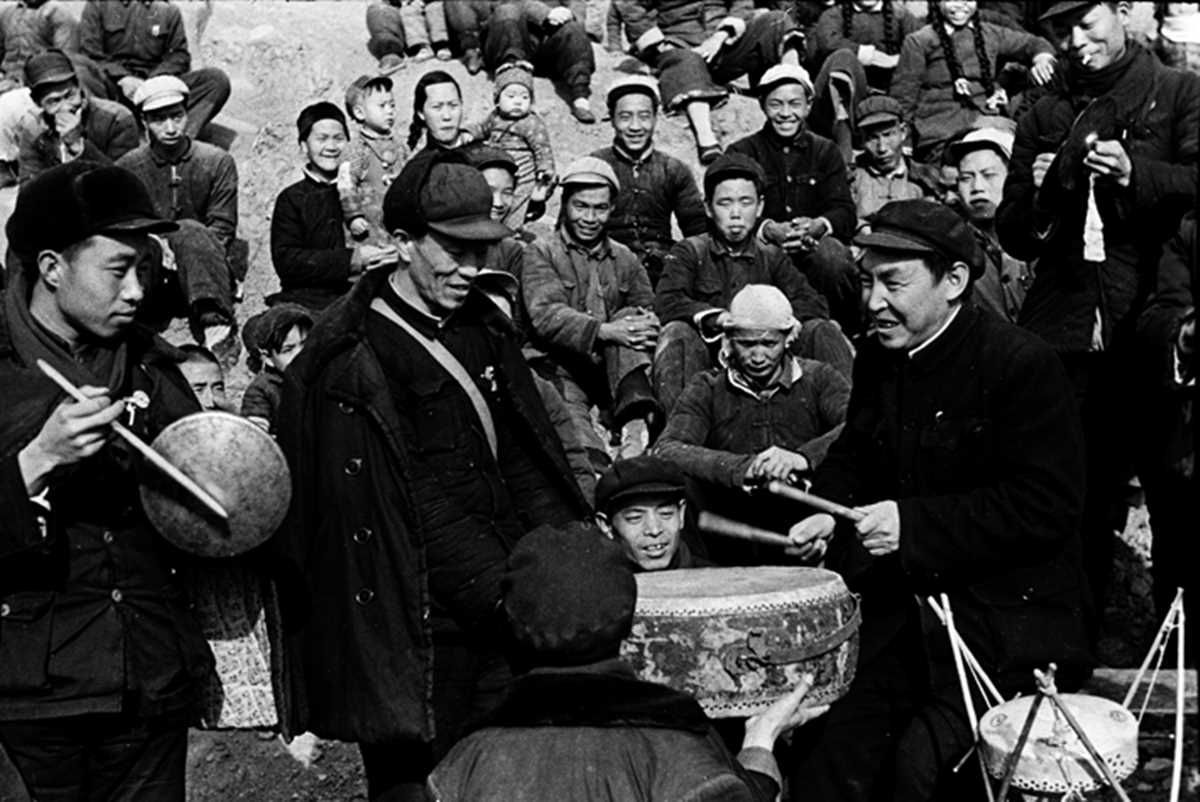Two Ways to Serve the Present with the Past

Zhao Shuli (1906-1970), a famous modern Chinese writer, was a pioneer and practitioner of using the past to serve the present. He identified three types of traditional Chinese literature: ancient Chinese literati literature, new culture literature popularized since the May Fourth Movement in 1919, and folk culture literature.
On the issue of critically inheriting old traditions of literature, Zhao developed starkly different views from mainstream voices of his time. He believed that folk literary traditions should be central and supplemented by the other two traditions.
Instead of following the mainstream narrative mode of most novels since the May Fourth Movement, Zhao Shuli turned to seeking nourishment from huaben (ancient novels written in the style of storytelling scripts), and created a new kind of modern novel that was not only interesting but also easy to understand. He became a real “storyteller” as famous German scholar Walter Benjamin asserted in his essay “The Storyteller” in 1936.
Actually, Zhao Shuli’s creation of modern storytelling novels is a revolution and innovation of traditional literature and art. He created new characters, stories, and novels in a reformed old form, which could be described as “new wine in old bottles.” It became his channel for serving the present with the past.
However, can the innovation of traditional culture be made conversely, by pouring “old wine into new bottles”? The answer is yes. For example, Tang Dynasty (618-907) poet Zhang Ji’s renowned poem A Night Mooring by Maple Bridge.

A still from the TV series A Dream of Red Mansions(1987), adapted from a classical novel of the same name. The key to innovating traditional culture remains new combinations of form and content. The modern media form has helped this classical literary work not only go through big innovations but also gain mainstream popularity. CFB
For more than a thousand years, the beauty of this masterpiece was limited to the form of seven-character quatrain poetry (regulated verse with four lines of seven characters each). However, things changed drastically in the 1990s. In 1993, Chen Xiaoqi, known as the “King of Guangdong Pop Music,” had already become a fan of the poem. Attracted by its inspiring and emotional glamor, he set out to write a song based on the poem.
As a result, the pop song “The Sound of Waves as Usual” was produced and became popular across China and in Chinese communities around the world.
Alongside the borrowing of artistic concepts and words from the poem A Night Mooring by Maple Bridge, the brilliance of the pop song lies in how it melts ancient homesickness into a modern narrative structure of “parting and reunion.”
When the song played, people were immediately connected to the artistic concepts of Tang poetry, and ancient homesickness welcomed a new method of expression.
This is just one example of “old wine in new bottles,” the other way of serving the present with the past.
Whichever way it goes, the key to innovating traditional culture remains new combinations of form and content.
In fact, many of the greatest activators of traditional culture are mainstays of mass culture and media.
Zhao Shuli’s storytelling novels took the path of mass literature. Today, many literary and artistic works such as the TV series A Dream of Red Mansions, the new production of The Peony Pavilion, and popular music like “The Sound of the Waves as Usual” all reach the audience through mass media channels.
Of course, traditional culture can also be innovated into a brand new work serving niche markets, but only when it enters mass culture can it embrace big innovation and mainstream popularity.
The author is a professor at Beijing Normal University.